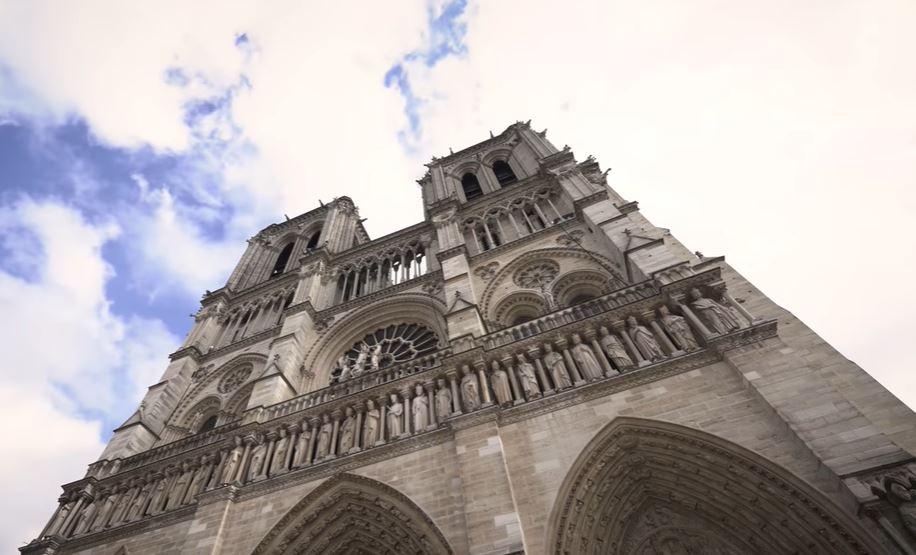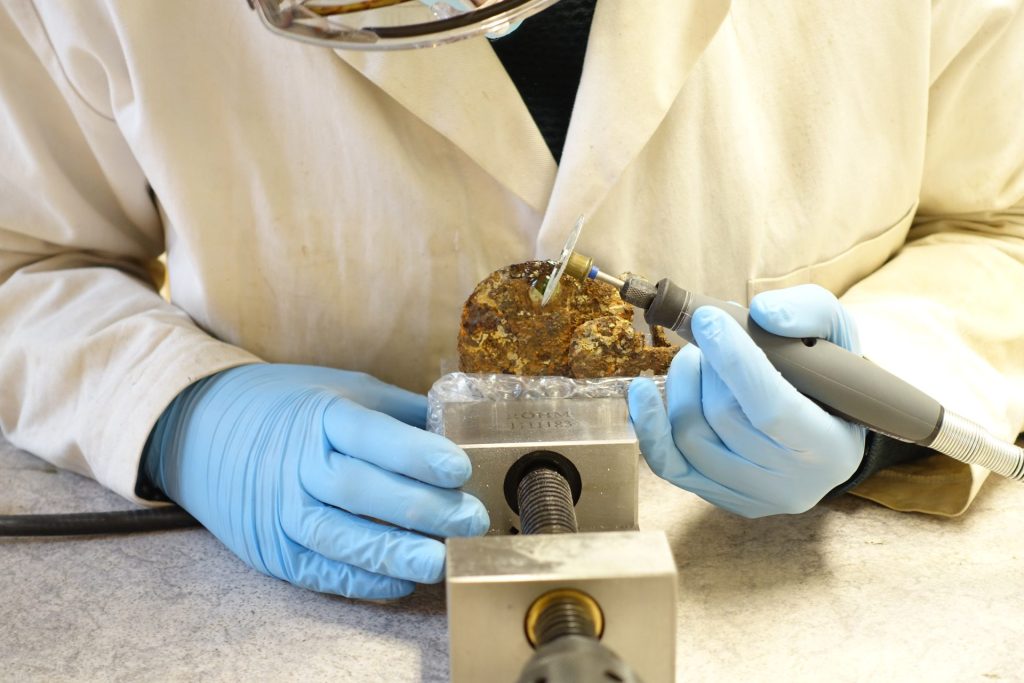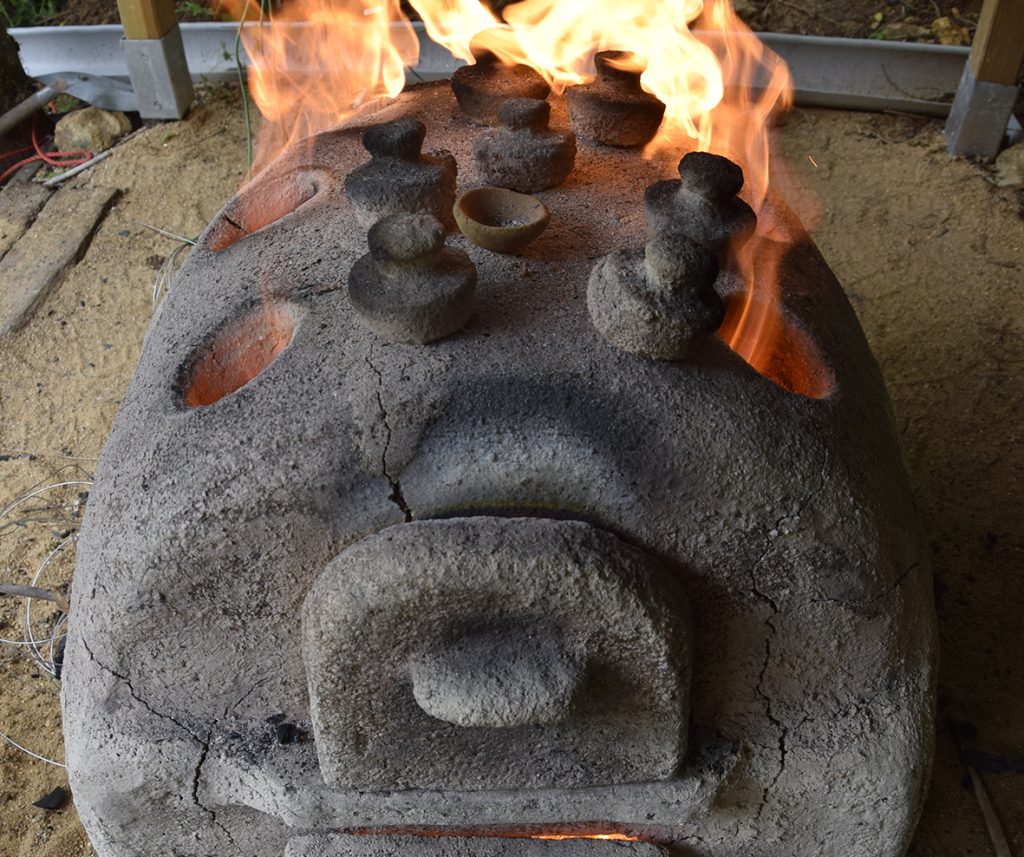Long Term Corrosion

Archaeometallurgy
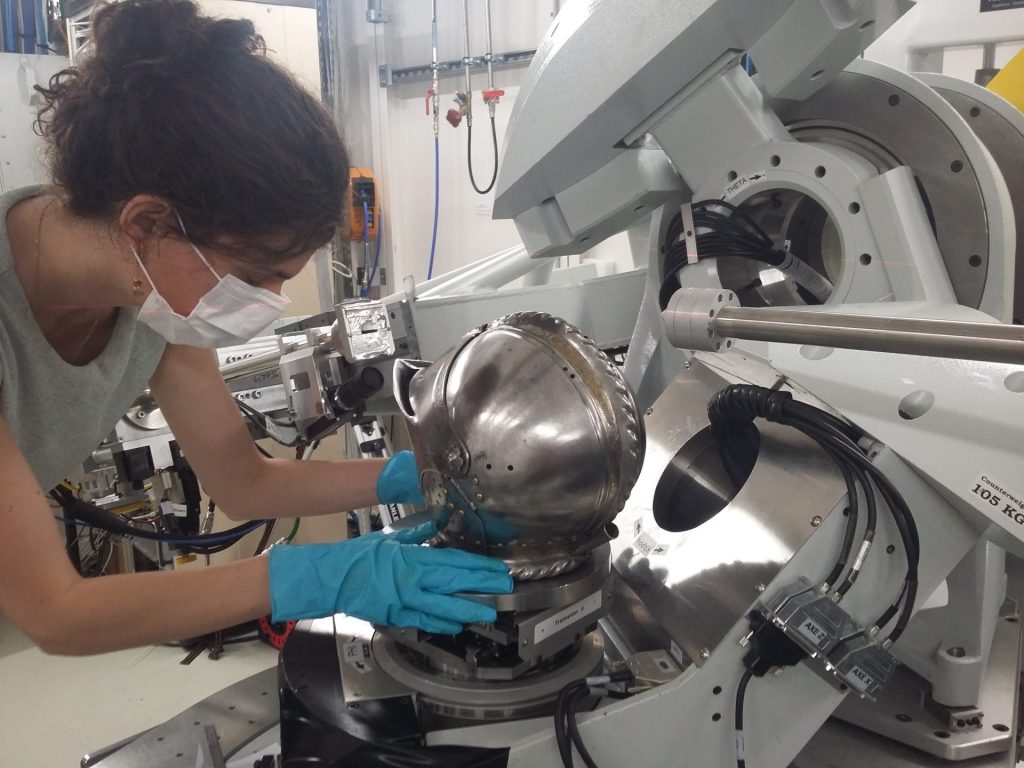
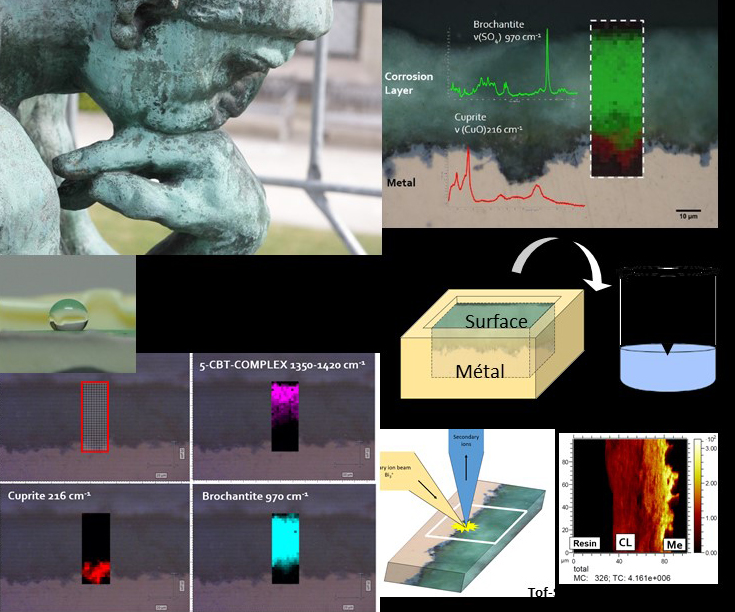
LETRIP Project – France relance
The LETRIP – France relance project aims to develop innovative protective treatments for copper-base heritage objects that face risk of accelerated degradation in varying environments. This aim is carried out in the context of an academic-private partnership, which enables the exchange of technical expertise between the NIMBE/LAPA laboratory and A-Corros enterprise.
A-Corros is a SME specialised in corrosion protection for civil and marine engineering projects, as well as cultural heritage applications. A-Corros and NIMBE/LAPA have been collaborating since 2015 as part of their joint laboratory LABCOM LETRIP (Laboratoire d’Etude des Traitements et Revêtements Innovants pour le Patrimoine), which includes both ferrous and copper-base heritage materials.
LAPA involvement in Notre-Dame de Paris Scientific Yard of CNRS
The LAPA is deeply involved in the co-coordination of the Notre-Dame de Paris Scientific Yard of CNRS (MITI) and Ministry of Culture gathering over 100 scientists from various institutions and laboratories. The researches concern not only restoration issues, but also an understanding of the cathedral from a historical point of view, particularly in medieval times (dating of construction phases, materials and techniques used by medieval builders, supply circuits, climate). In addition to co-coordination, the LAPA is an important part of the “Metal working group” and is hosting a PhD (in collaboration with the LMC14) on the study of the iron reinforcement found in the cathedral.
